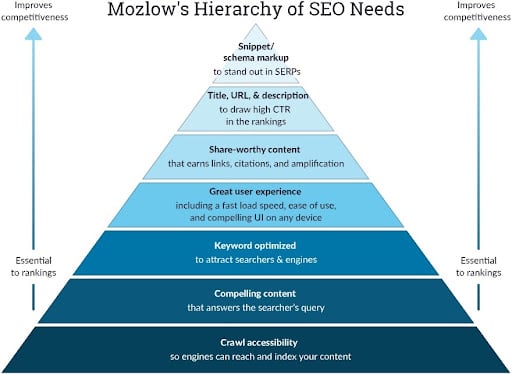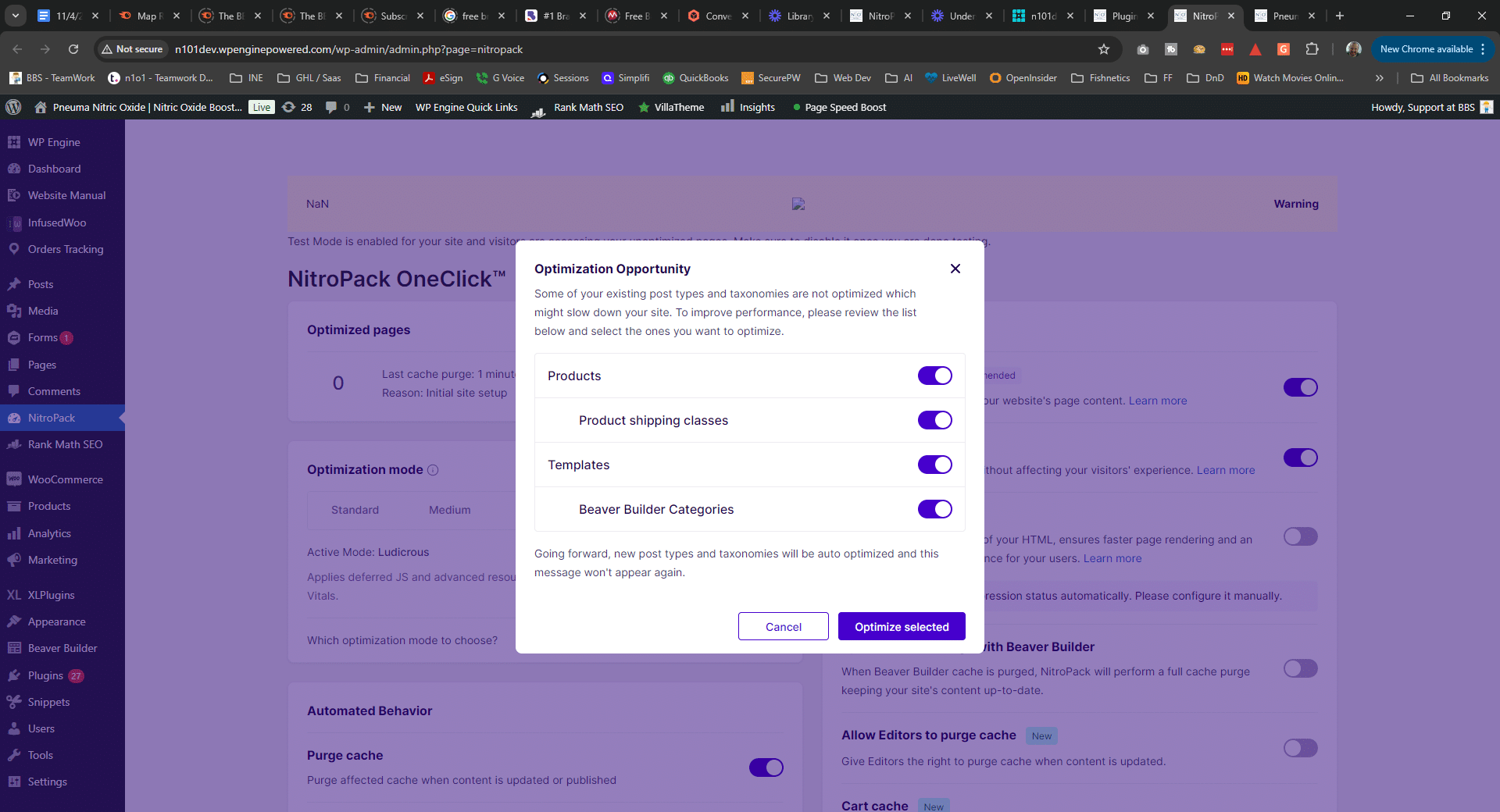If you publish content regularly, it’s likely that you have a small handful of blog posts that are bringing in the majority of your organic traffic, and the rest are ranking a solid “meh”. It may sound like publishing more content is the way to go, but it can actually be doing more harm than good to your SEO. Cleaning up your old content in this scenario could bring you massive SEO success. But before you hack your underperforming content with a machete, audit the content to see if it can be updated. Optimize the SEO or bring in new data or context. If the blog post simply cannot be saved, go ahead and part ways with it. If you have any questions about how to improve your SEO or want us to handle SEO for you, reach out to us at Prebuilt Sites or The BBS Agency. We’d love to help you out!
If you publish content on an ongoing and consistent basis, I’m willing to bet actual money, and without looking at your analytics first, that you have a handful of blog posts that are performing really well for your organic search goals. The rest is most likely a mountain of content that, at best, ranks at a solid “meh” on the performance scale.
If you’re just continuing to create, optimize and publish new content on top of that mountain of existing underperforming content, I have bad news for you: you’re making your content and SEO life so much harder than it needs to be.
That’s because that mountain of content may seem harmless, but it could actually be doing more harm than good. It’s high time you clean up your old content.
Removing underperforming and outdated content has the potential to massively boost SEO success
While we all know organic search is about far more than keywords now, it’s been a long time since “search engines love fresh content” has been the SEO world’s go-to mantra. The problem is that we all still have a massive amount of content that was created under those outdated efforts. It’s all just hanging around on our websites.
Source: Convince & Convert
Yet still, even if that content is old and outdated and doesn’t bring in the results we want and need, a lot of clients and content publishers we talk to are hesitant to touch or remove content. They fear even bigger SEO dips. But, when done right, this isn’t the case.
Massive content cleanup efforts from two of digital marketing’s biggest publishers show how properly removing outdated content actually helped their SEO efforts quite a bit:
- Search Engine Journal studied the results of deleting content on their own site over the course of 20 months and saw a significant year-over-year increase in pageviews and organic traffic.
- Hubspot deleted more than 3,000 pieces of outdated content from their blogs and saw a clear boost in their SEO results.
Need more to help convince you it’s time to clean up and remove your outdated content? No problem.
- Andy Crestodina at Orbit Media asked seven experts to share their experiences with “pruning content” and how it affected SEO results. Three reported huge increases in search traffic, while others noted a clearly improved user experience.
- Even Neil Patel himself notes that safely removing outdated content “is crucial to the overall health of your website and overall digital marketing strategy.” In addition, he notes that it’s not just about SEO efforts, it’s also about content that accurately reflects your brand and provides the best experience possible.
Easy with the content machete! Don’t go cutting away so quickly.
Of course, deleting content has to be done the right way. You can’t just slash and hack away at content and expect results. It involves a lot of time and effort with initiatives like:
- Auditing content from a qualitative and quantitative standpoint
- Content mapping and redirect strategies
- In-depth technical SEO mapping and planning
- Lots and lots and lots of redirects
But the results can clearly be worth it, as we saw in the brands and examples noted before.
Not ready to delete? At least update outdated content.
Taking on the task of deleting outdated content can be a lot. If you don’t have the time to do it the right way, don’t do it at all…or at least not yet.
Instead, focus first on giving old content and blogs a fresh update. This will help boost SEO traffic and drive even more engaged visits by following a few basic best practices:
- Start with content that you still think brings value or has potential: Review them to make sure they’re still relevant in some way to your organization and your audience.
- Update any outdated references: Bring in new data points, provide more or additional context (where appropriate and necessary), and remove anything that is no longer applicable or relevant. Also, focus on content quality here, not just quantity.
- Optimize content according to your current SEO strategy: This includes technical SEO pieces and also metadata.
- Republish and re-promote: Include a note about when the content was originally published and when it was updated, when appropriate (like in the case of blogs, articles, whitepapers, etc.). Promote on social channels, in newsletters, on podcasts, etc., when relevant and appropriate.
When done right, the effort is worth the impact.
Cleaning up, removing and refreshing old, outdated content isn’t an easy task, nor should it be done hastily. However, when done right, the results can be impressive and significant. It can help break the cycle of just focusing on publishing more new content on top of old outdated content.
Originally posted on Convince & Convert.





